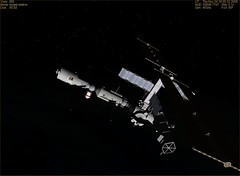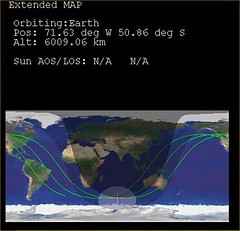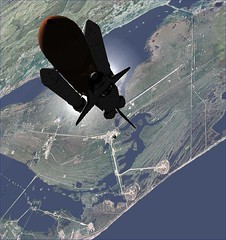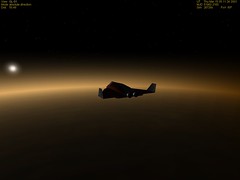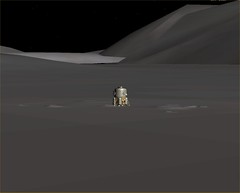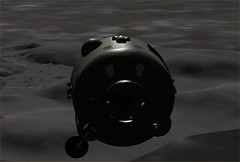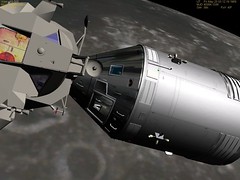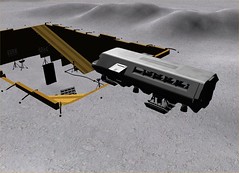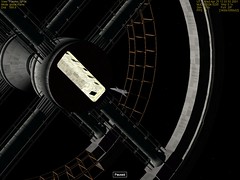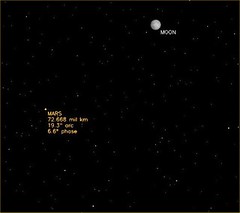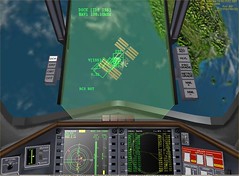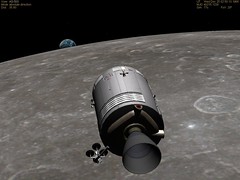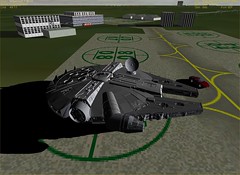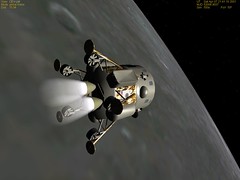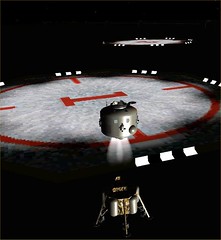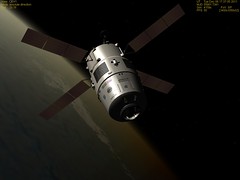Maybe it’s because I’m paying more attention, but doesn’t it seem like the future is creeping up on us? Sure, we still don’t have the flying cars. But every time an issue of the
KurzweilAI.net Weekly Newsletter shows up in my mailbox, it blows my mind. Stuff is happening fast. Very fast. Of course I also read
Wired magazine, so you might think this is just a sampling error (if you read publications that focus on the future, you will find stuff about the future – duh). Well, maybe. But I read those things because of a sense that change is really accelerating, and I want to try to understand it if I can.
Of course
Raymond Kurzweil is a leading proponent of the idea that we are approaching a “
technological singularity” in which a number of technologies will merge and create (among other things) super-intelligent machines. The idea of a “singularity” is that it’s a sort of technological
event horizon, beyond which we can’t see or even imagine what will happen next. When you have a PC that still shows you the
blue screen of death once a day or so (admittedly XP is a bit better in this regard), it may be hard to believe that a machine that is smarter than a human is coming any time soon. But Kurzweil’s got you covered there too – that is linear thinking in an exponential world. Very natural, very common, probably wrong. Hard to see the slope of the curve while you’re on the curve.
The thing that impresses me is that the pieces are arriving very fast, even if they are not the pieces we were expecting. Take
molecular nanotechnology.
K. Eric Drexler described molecular assemblers in his 1986 book
Engines of Creation. I was blown away by this book and by the idea of pervasive molecular-level manufacturing (you’ve got that whole DNA/RNA/life thing as proof of concept that molecular machinery can work). Now it’s late 2005 – where are the assemblers? Not here yet, and maybe not necessary, or maybe they will show up later. But meanwhile nano-researchers are hijacking the proof-of-concept machinery (DNA, RNA, proteins) and rewiring things to make stuff at the nano scale. Other things too. All kinds of crazy, amazing stuff. Maybe not all good stuff for the long run – but it’s happening.
The other thing that impresses me is that no matter how amazing the changes are, they quickly get sucked into the mainstream and become just another part of our everyday technological background noise. iPods?
Implants to restore hearing?
Carbon nanotubes? Self-driving cars? That old stuff?
This is why I’m not that worried about getting back to the Moon by 2018 or to Mars a few years later. I think that the combination of private space ventures, government interests, and technology developments that we can’t imagine will allow us to beat those dates and to start to establish Moon and Mars settlements sooner than that. Unless something else happens. How’s that for air-tight projections of the future?

